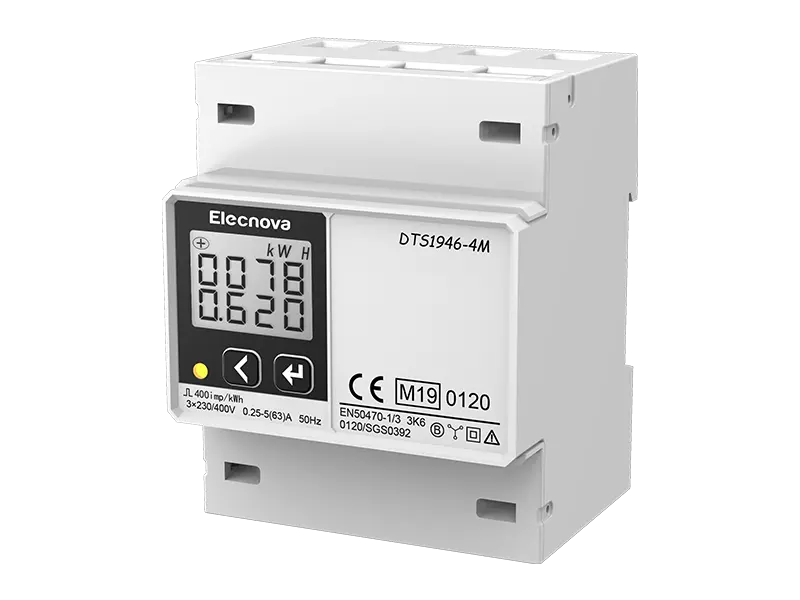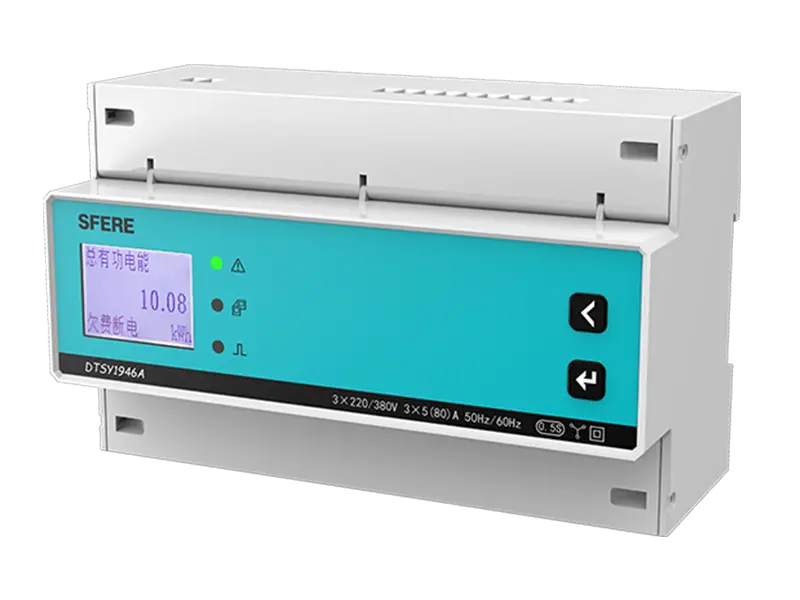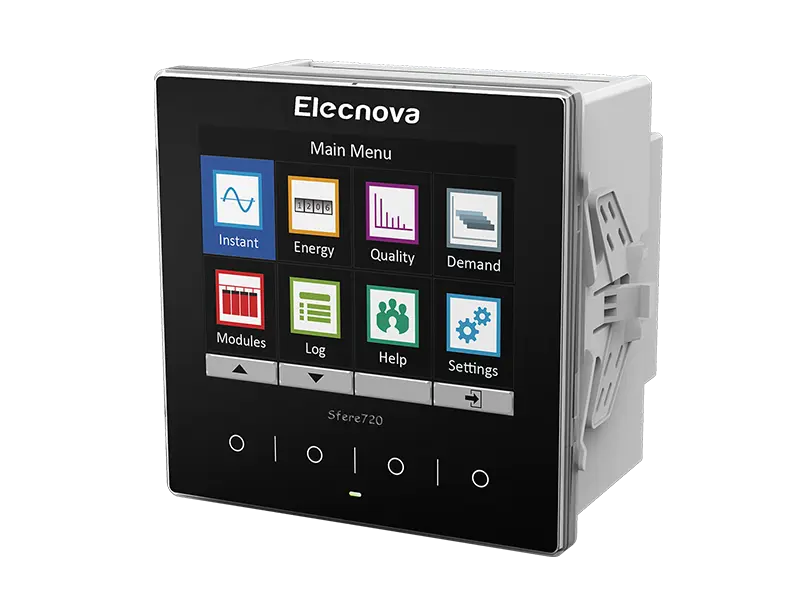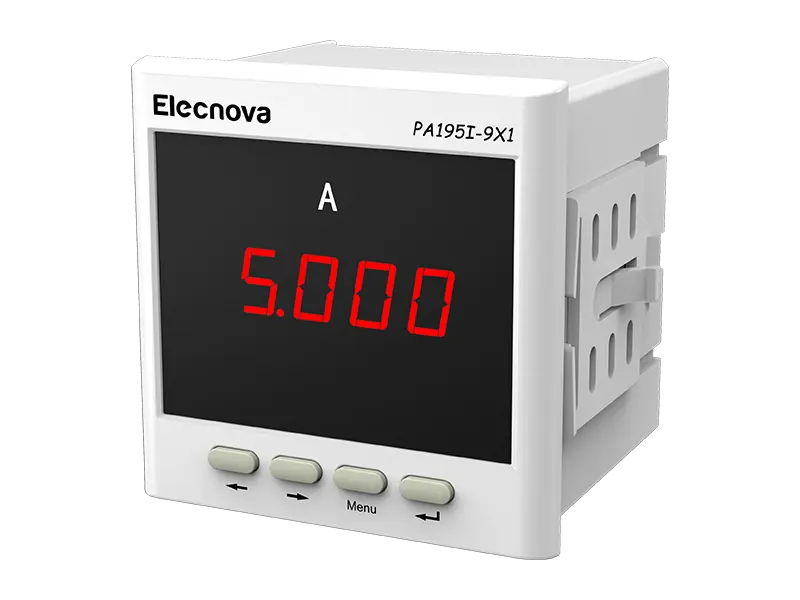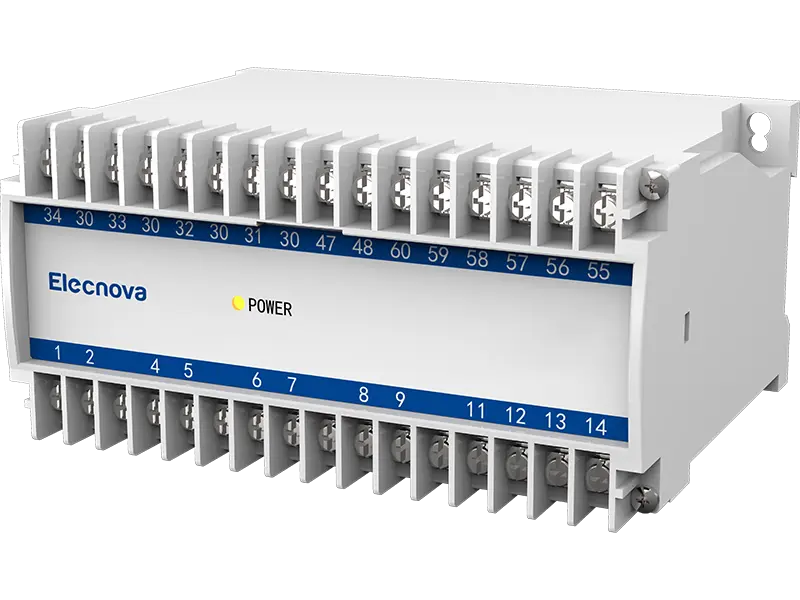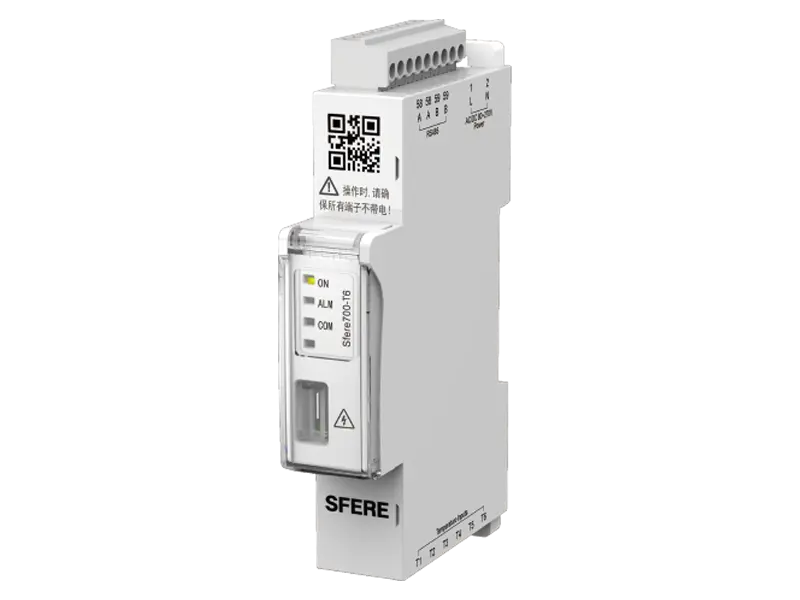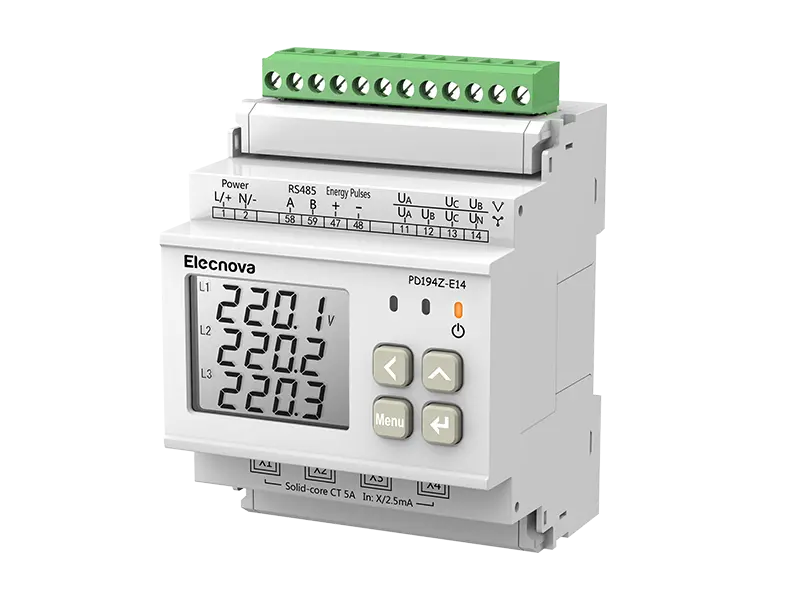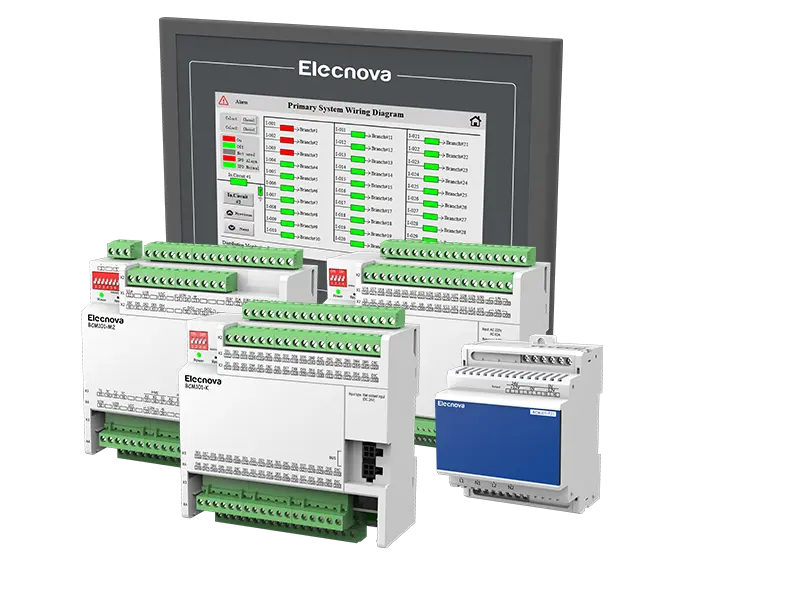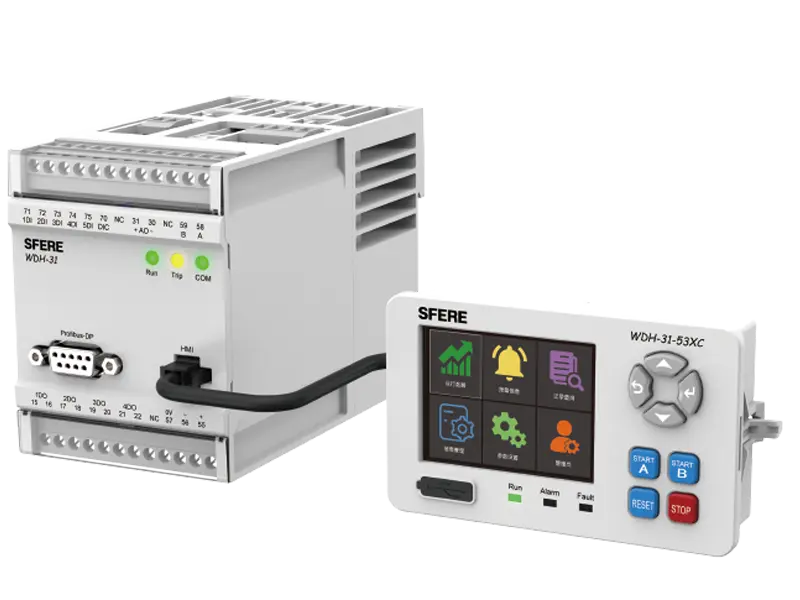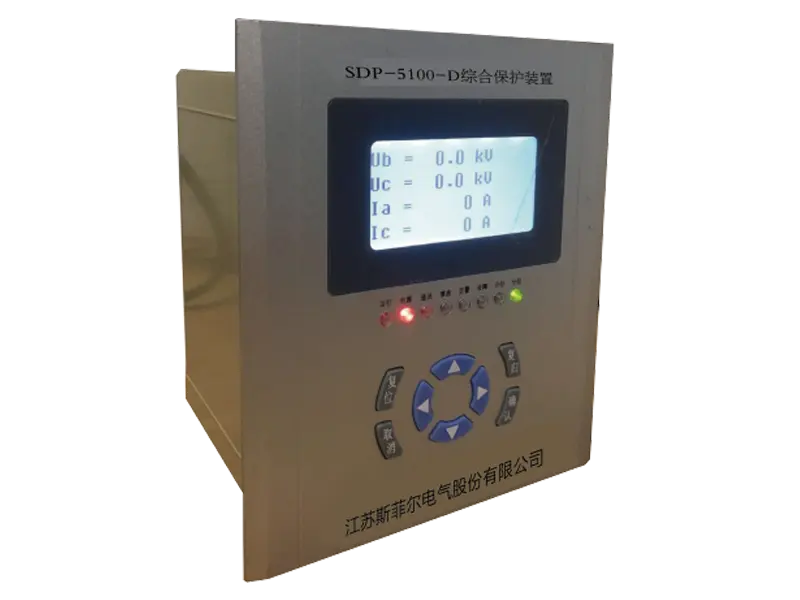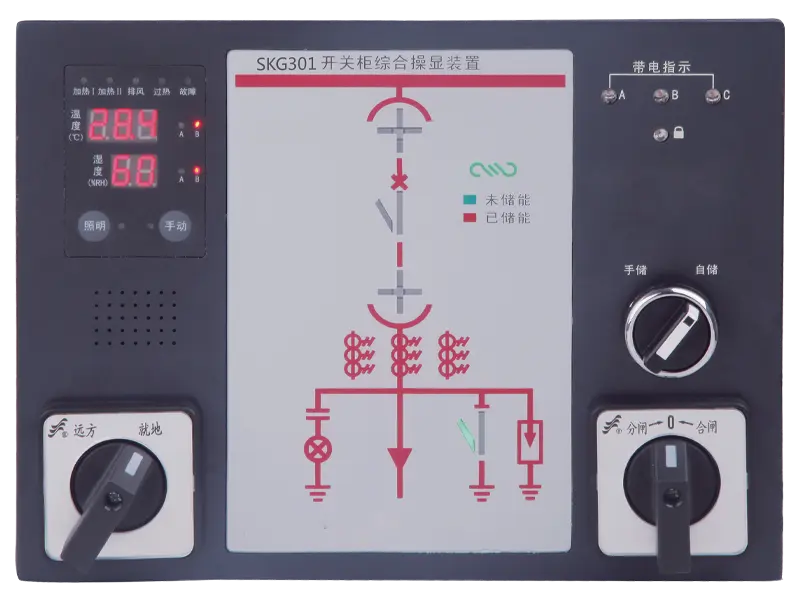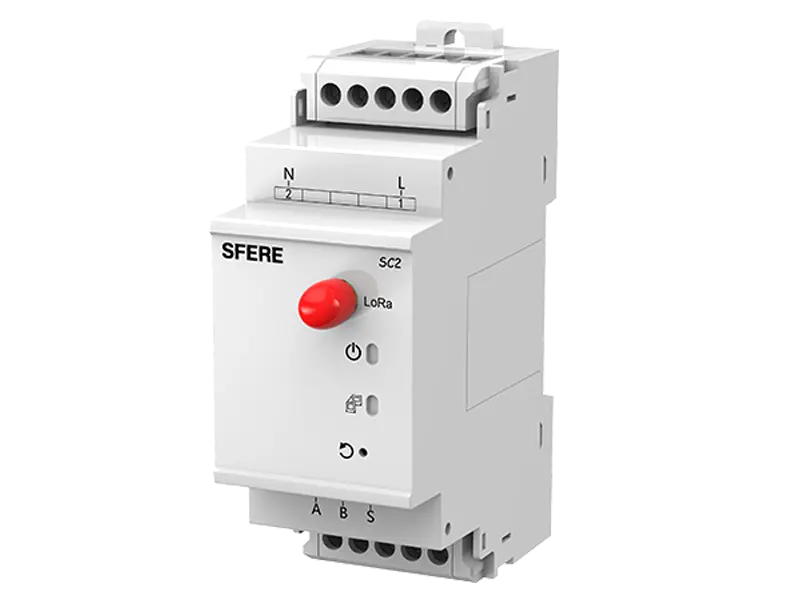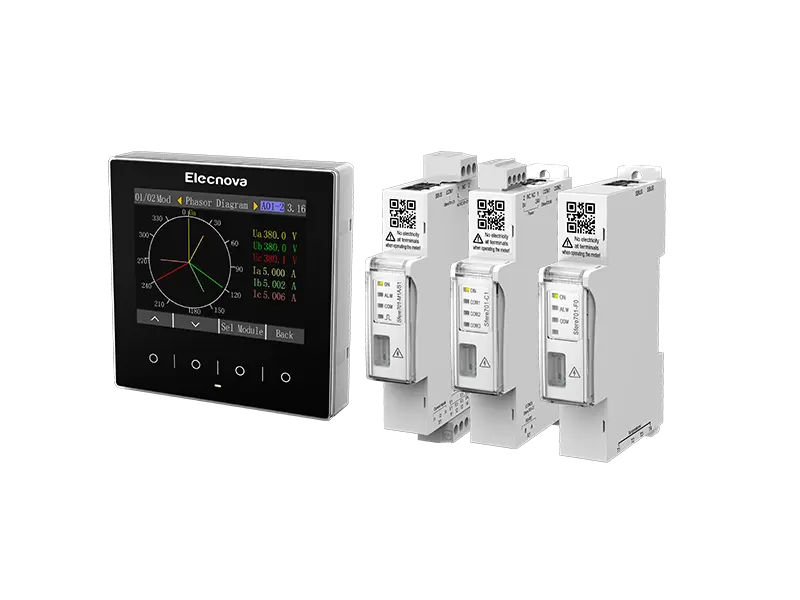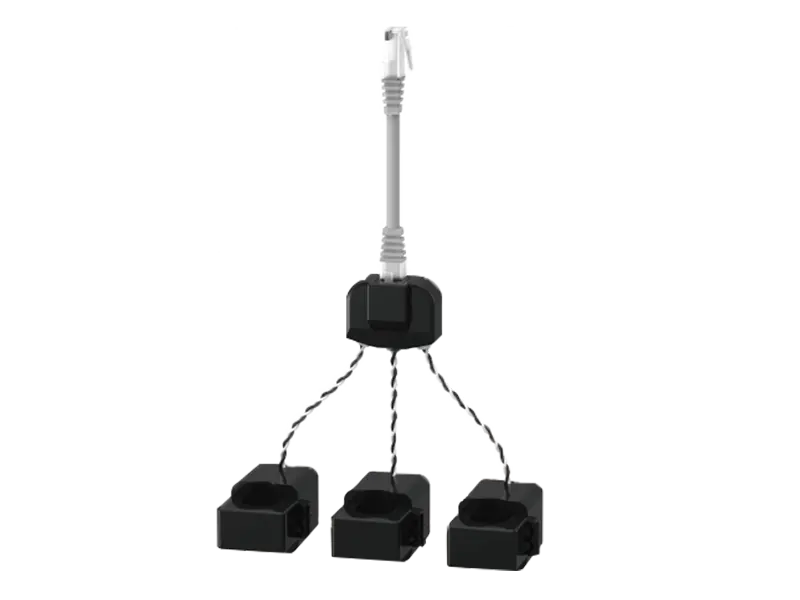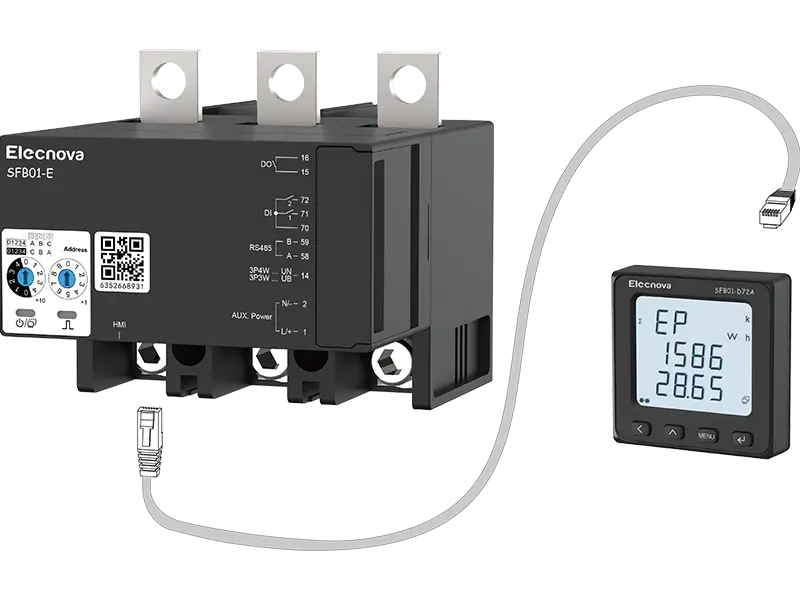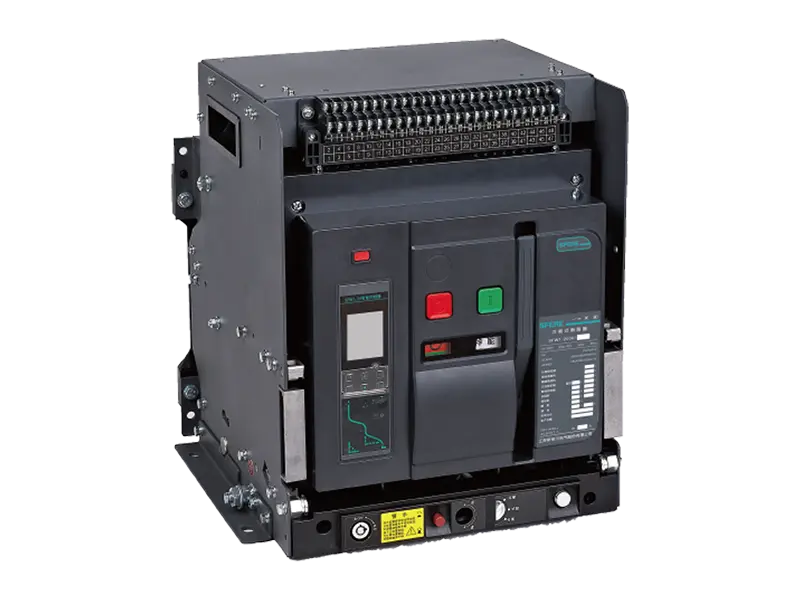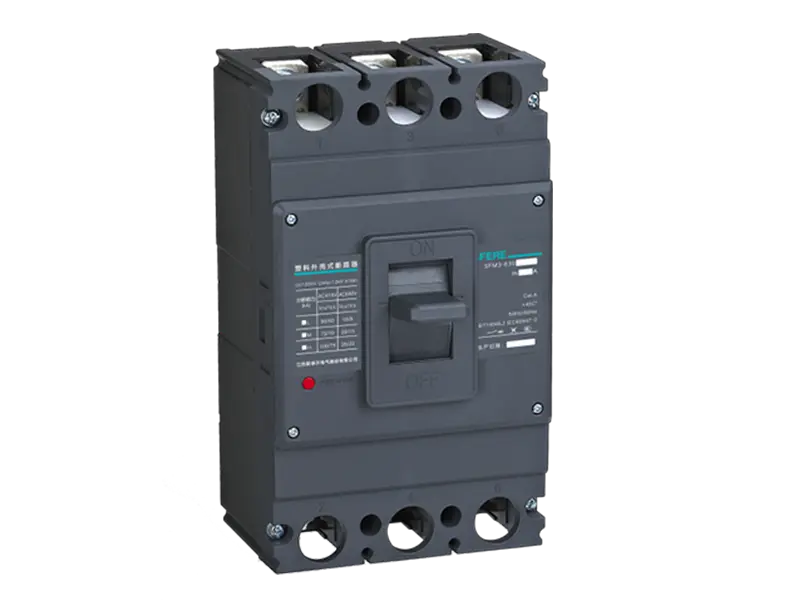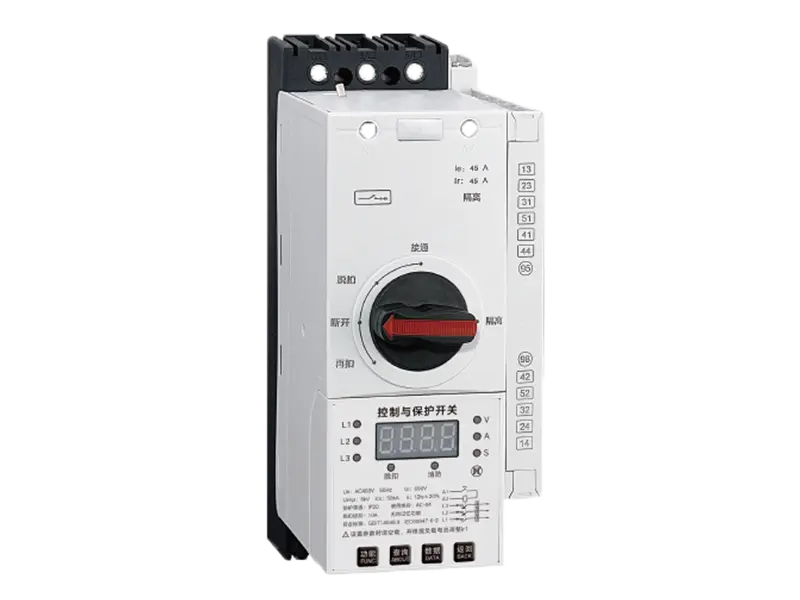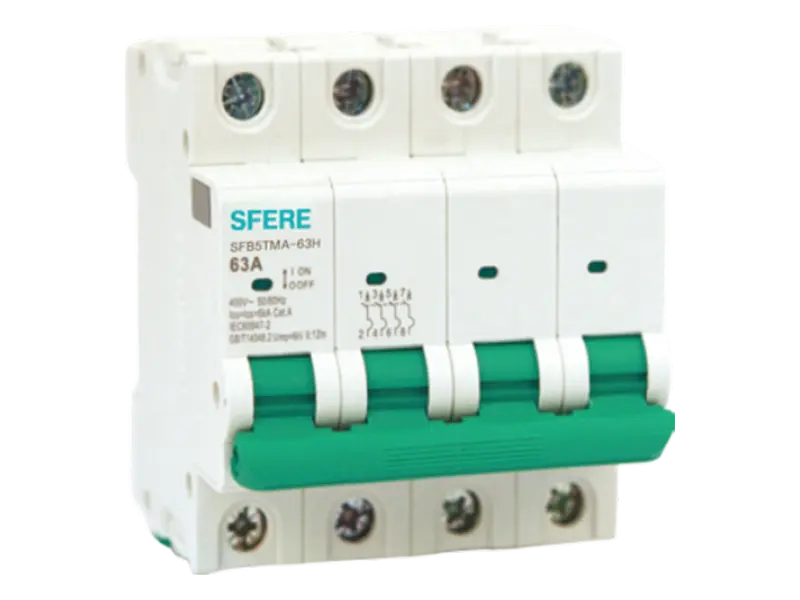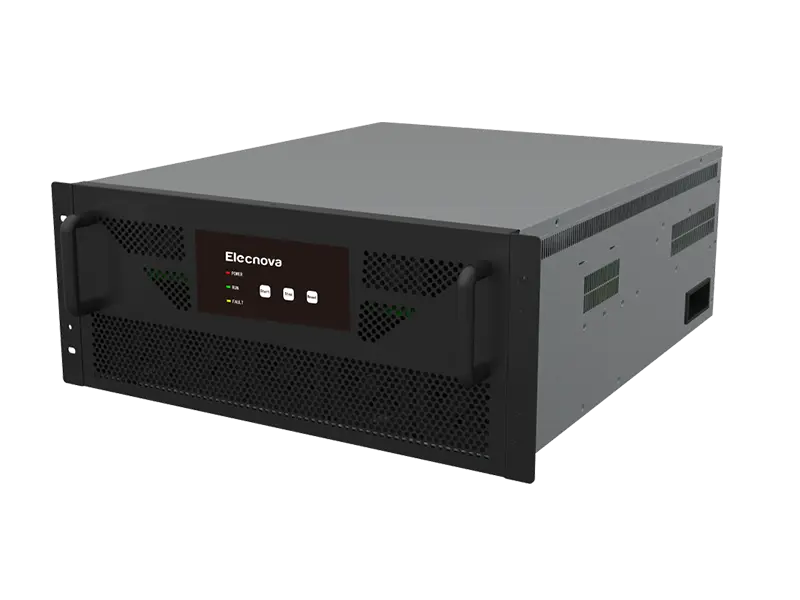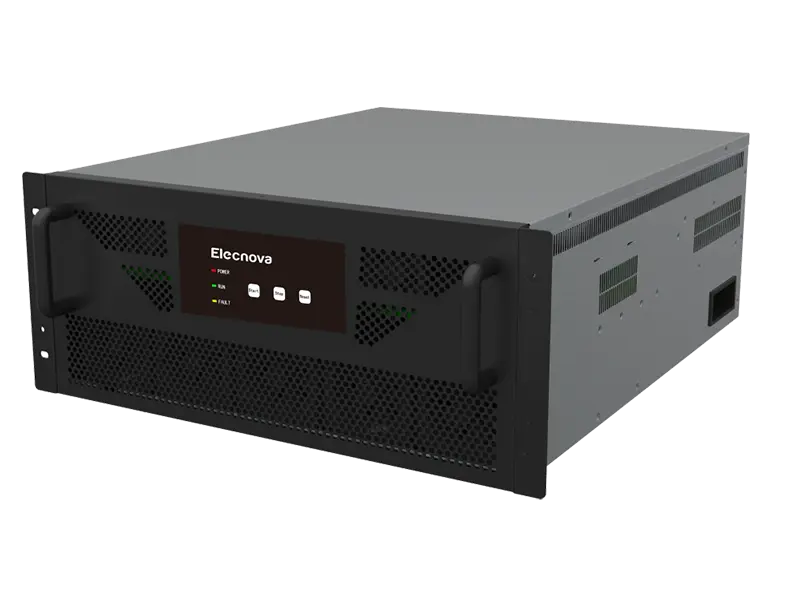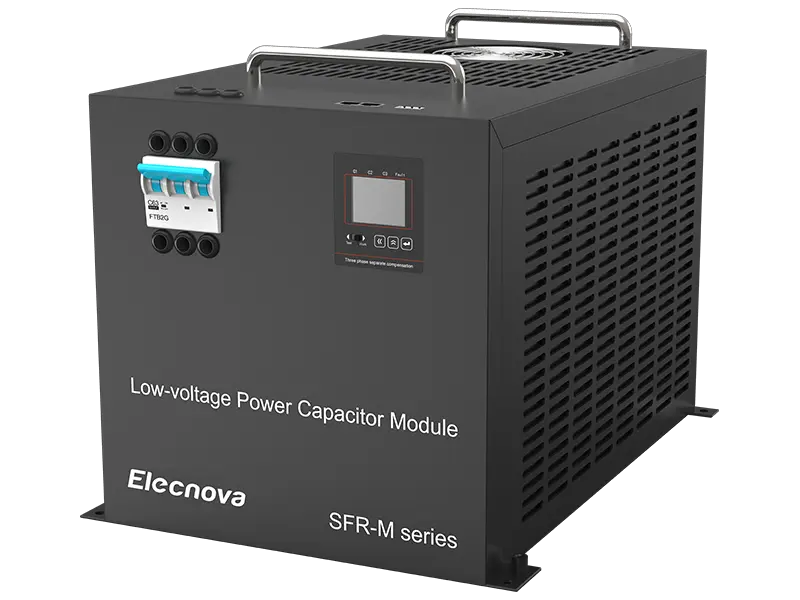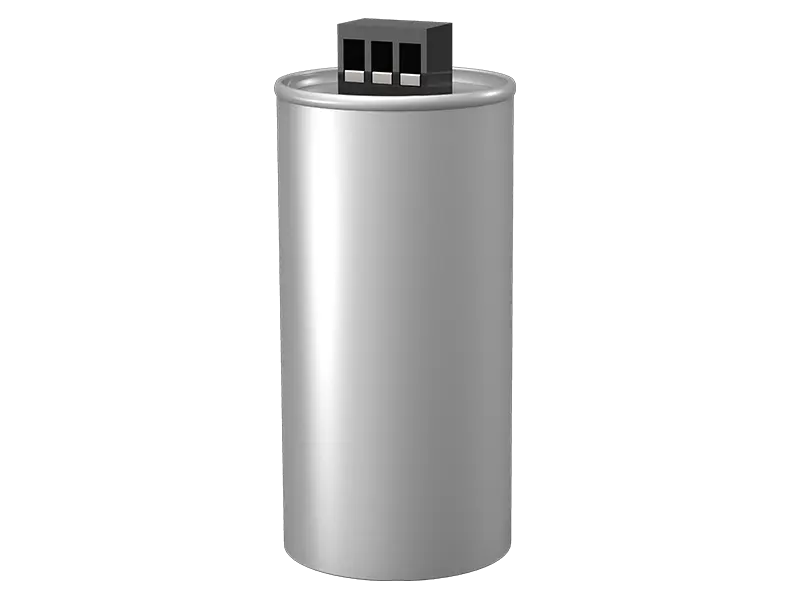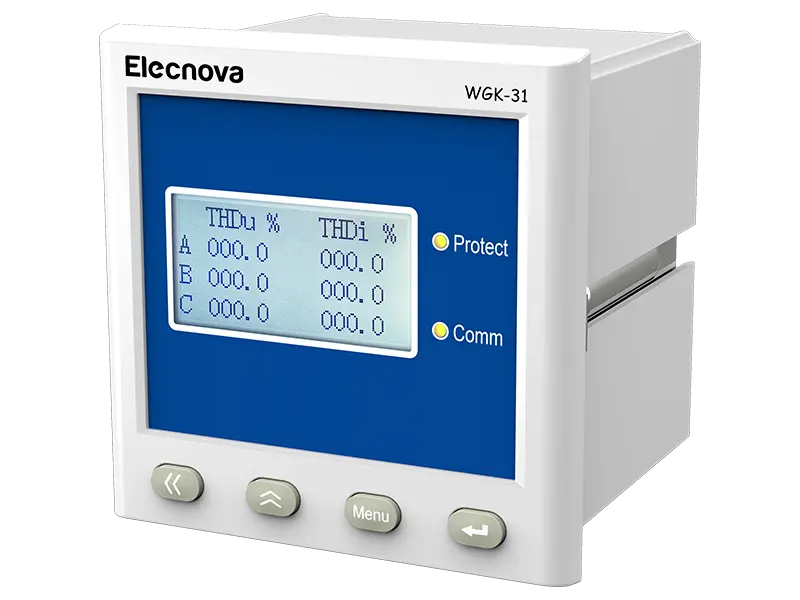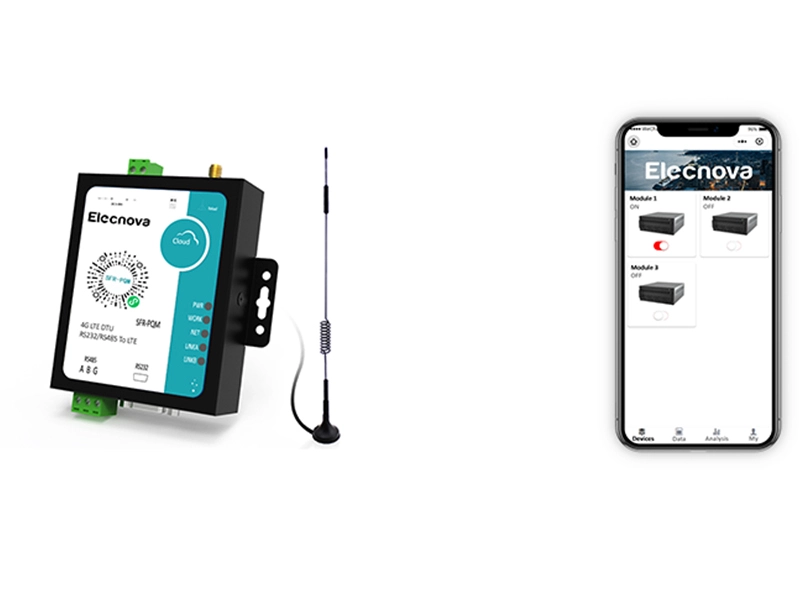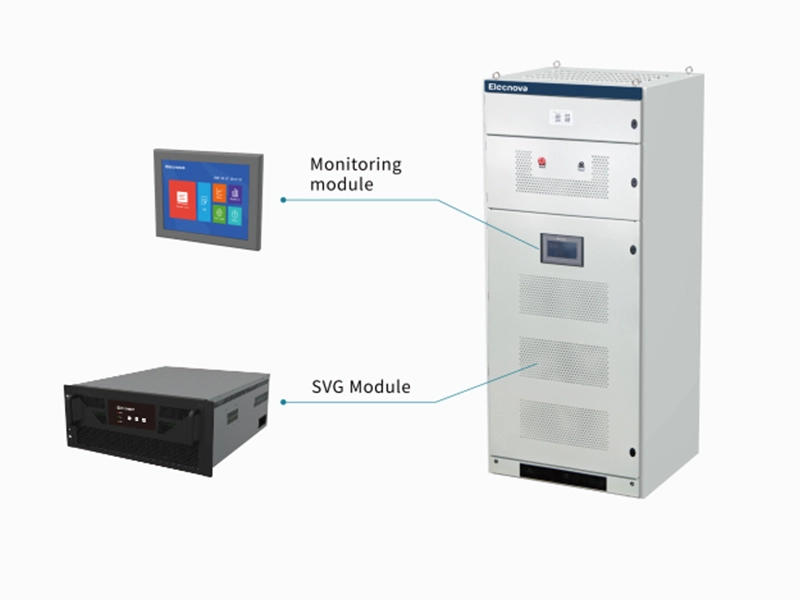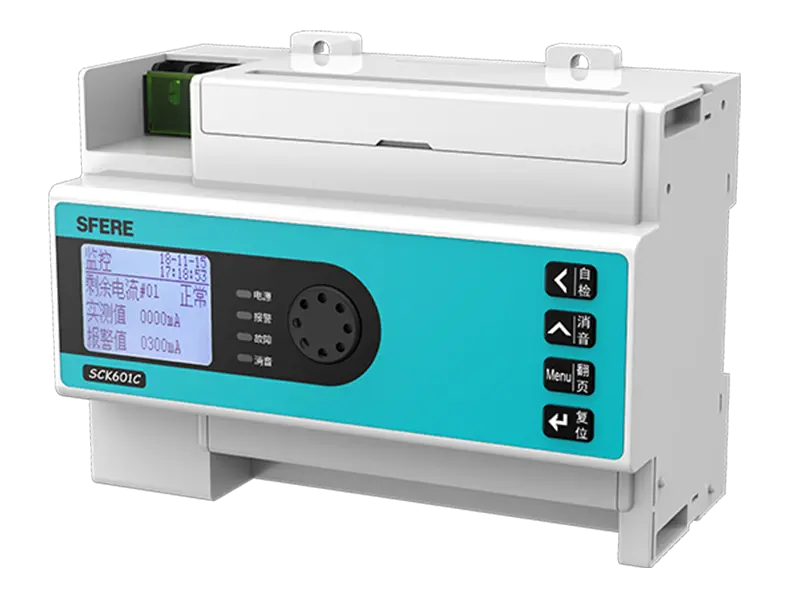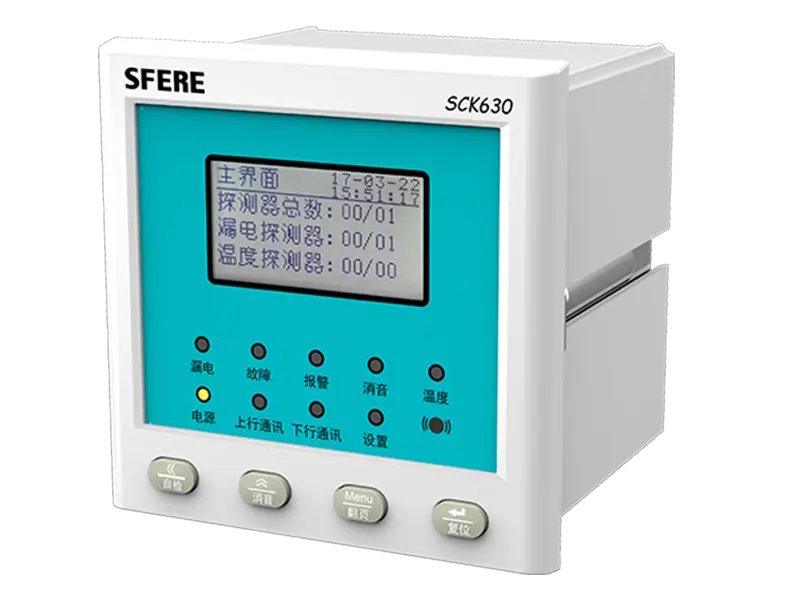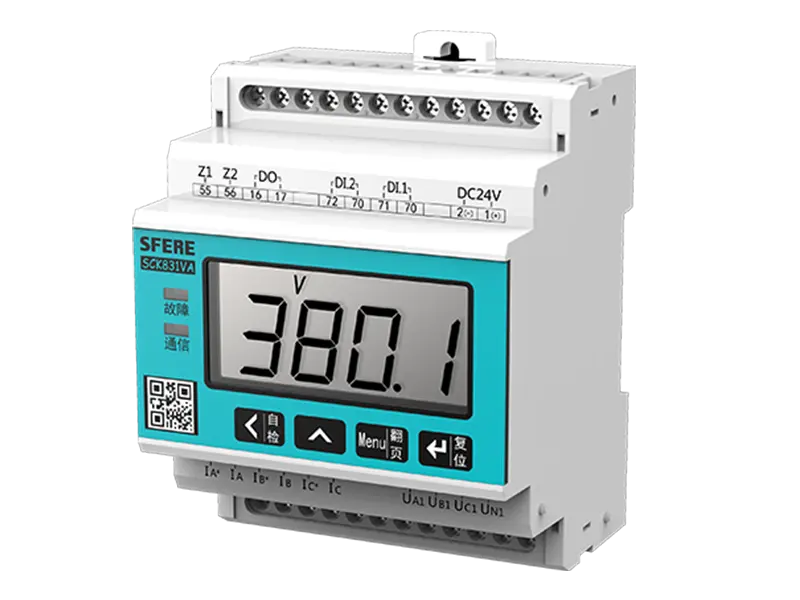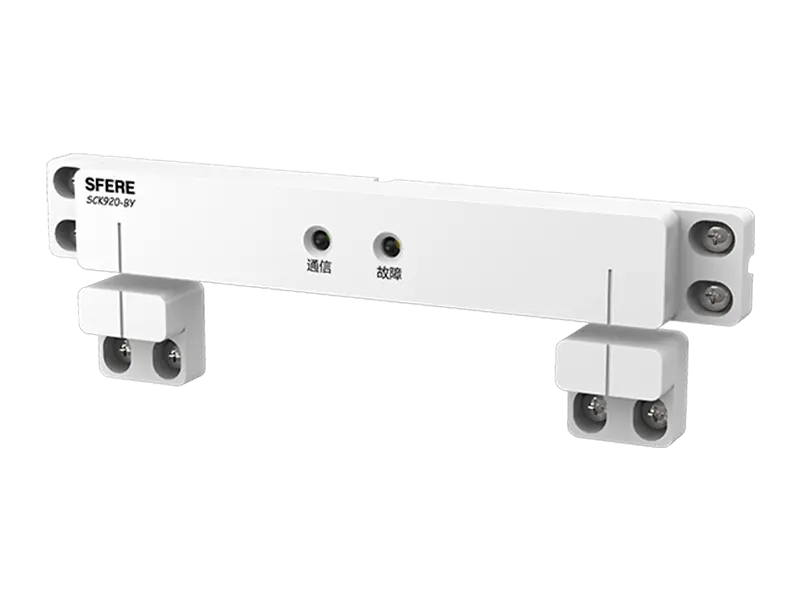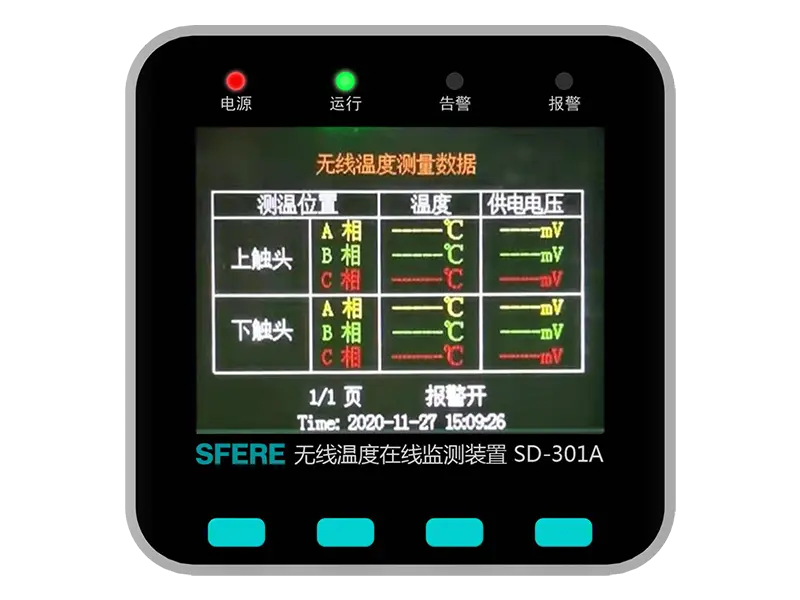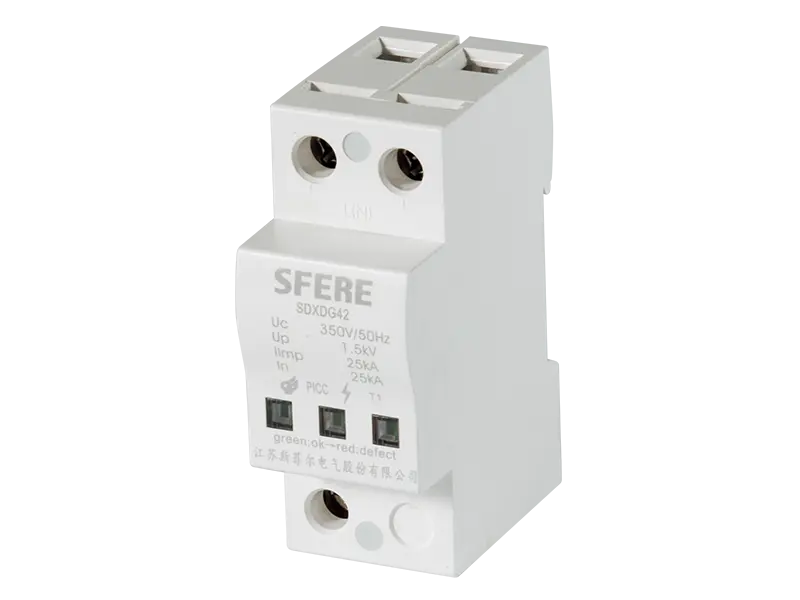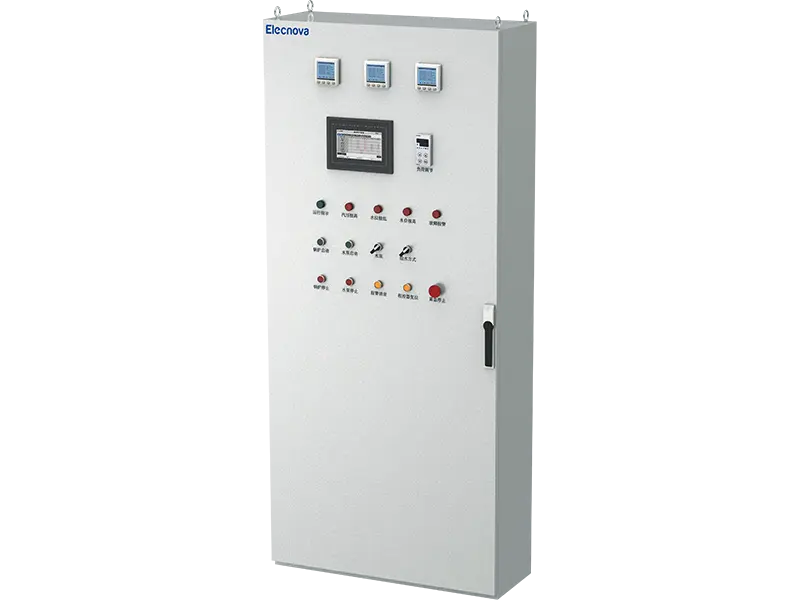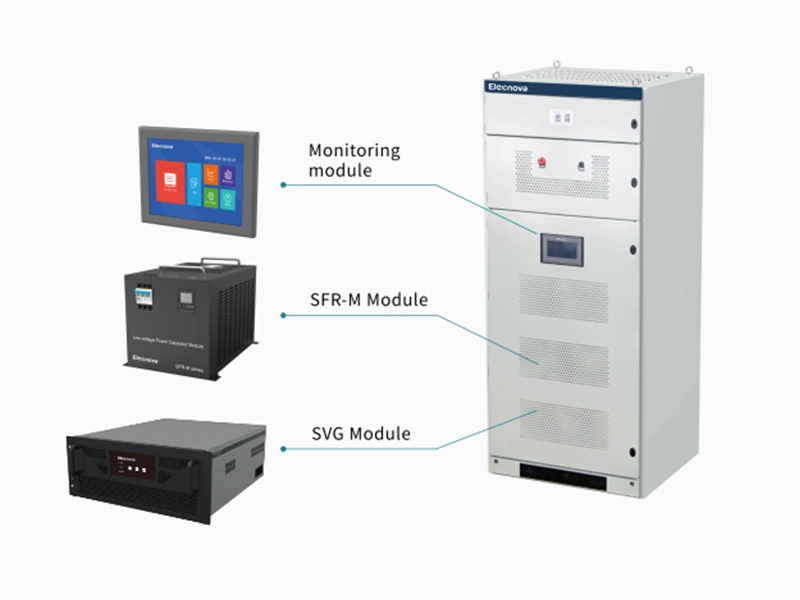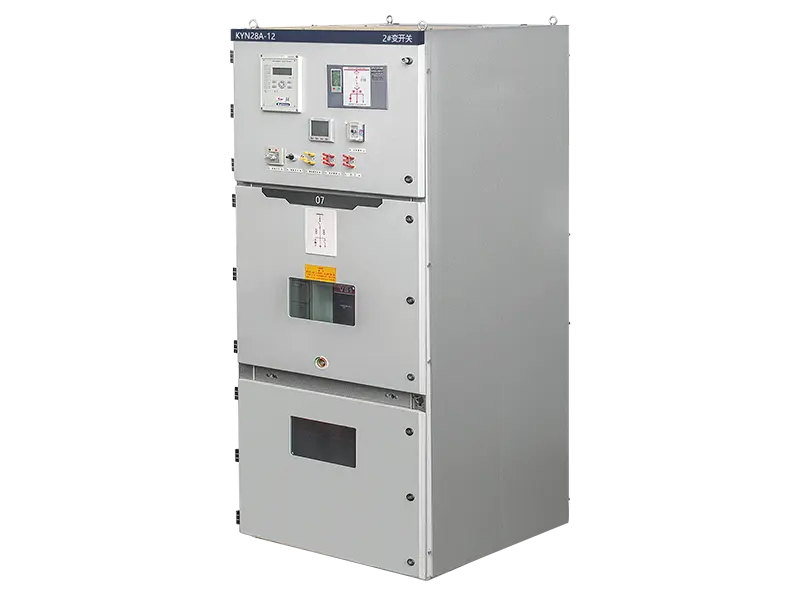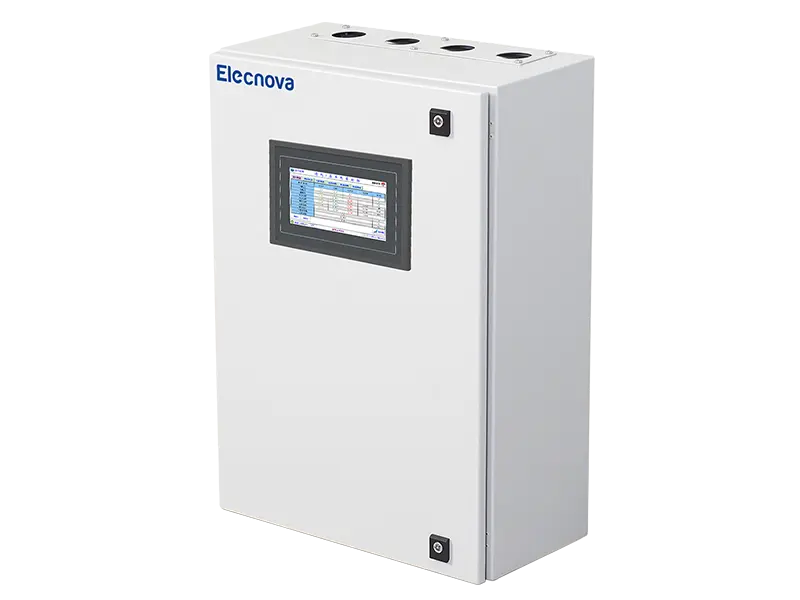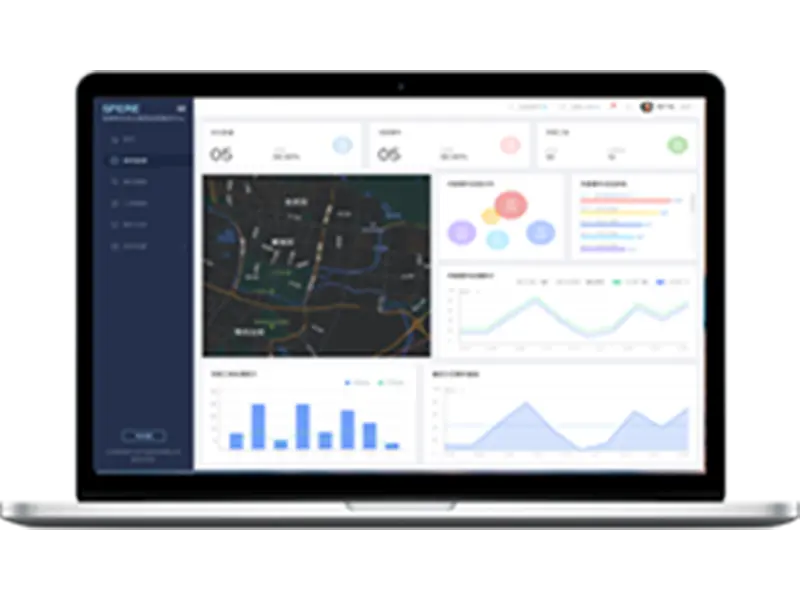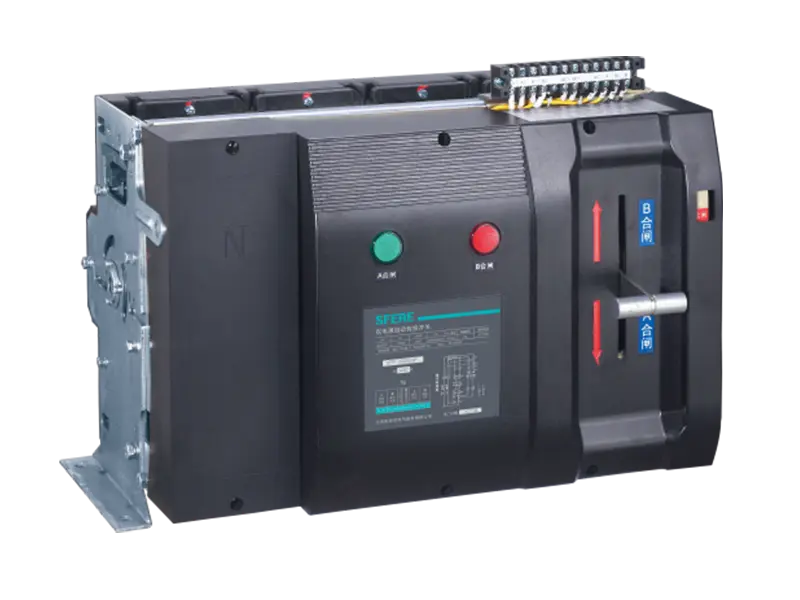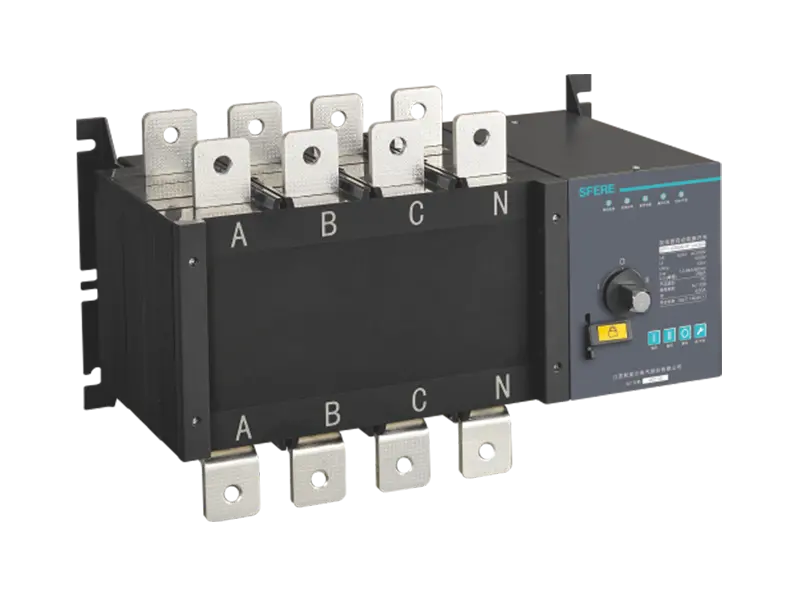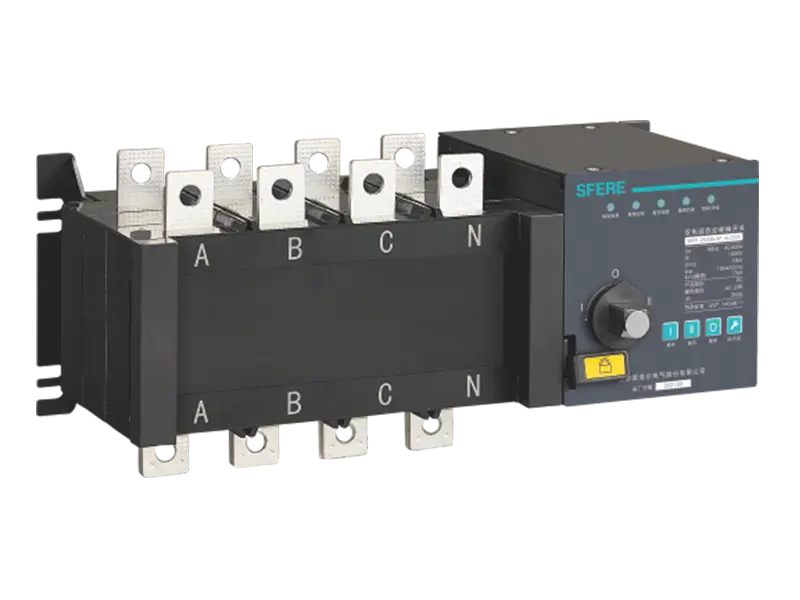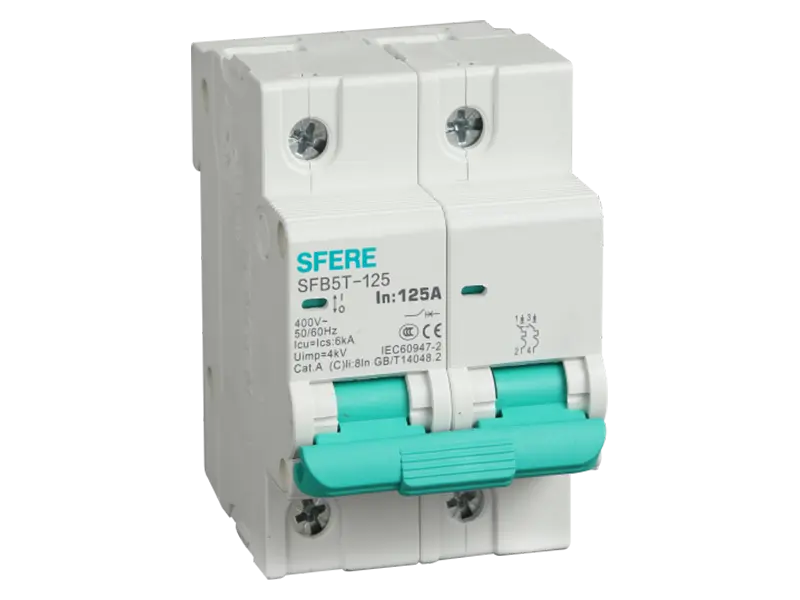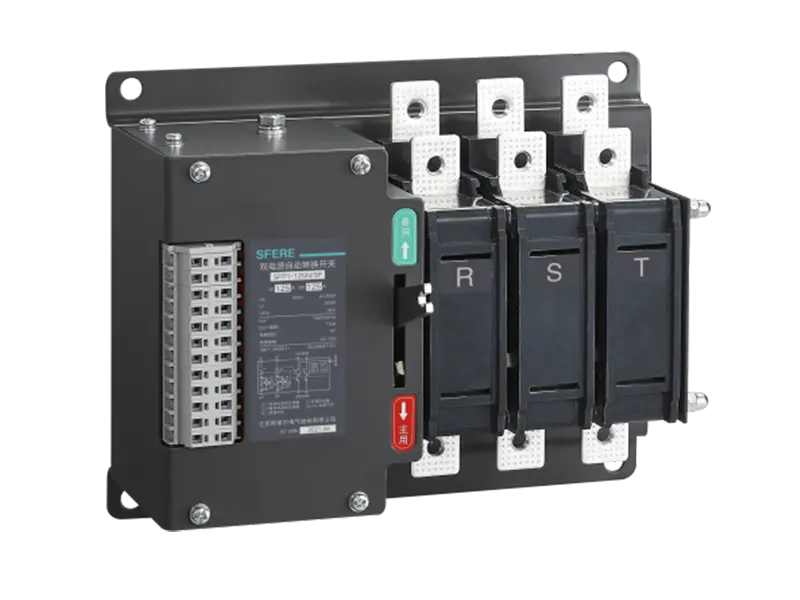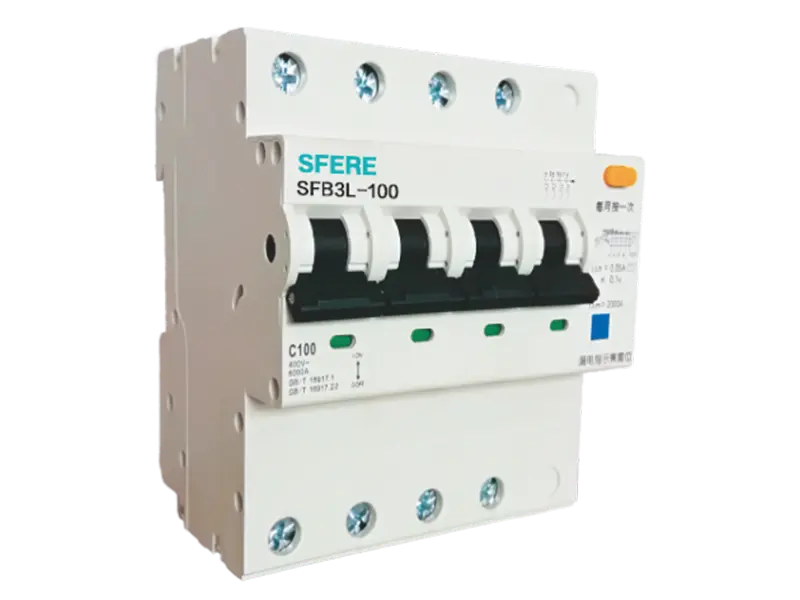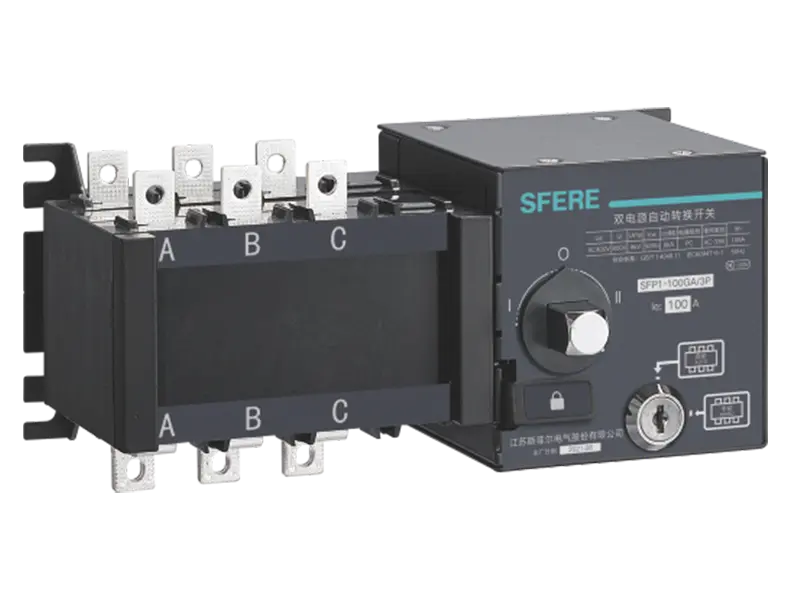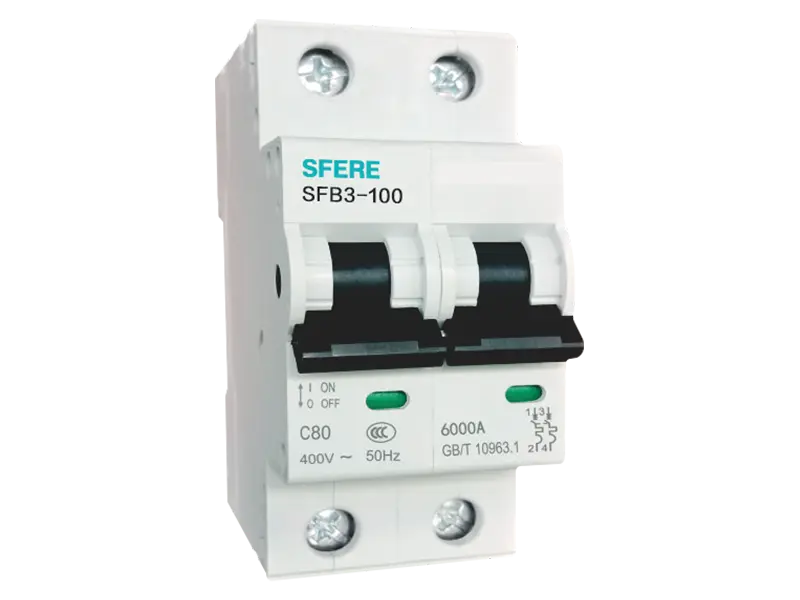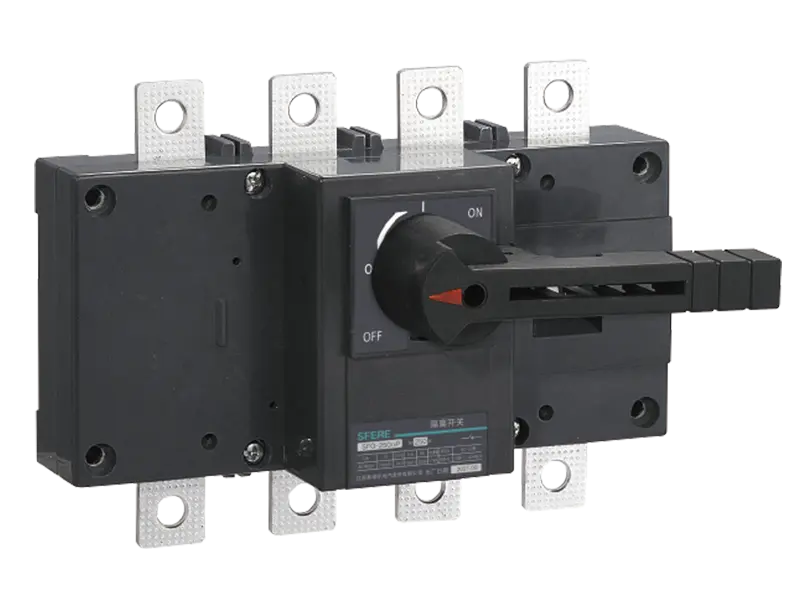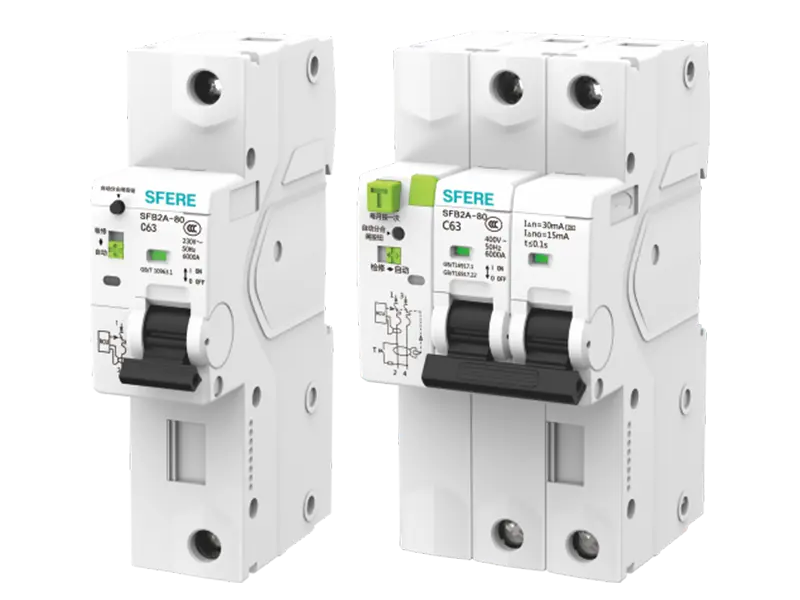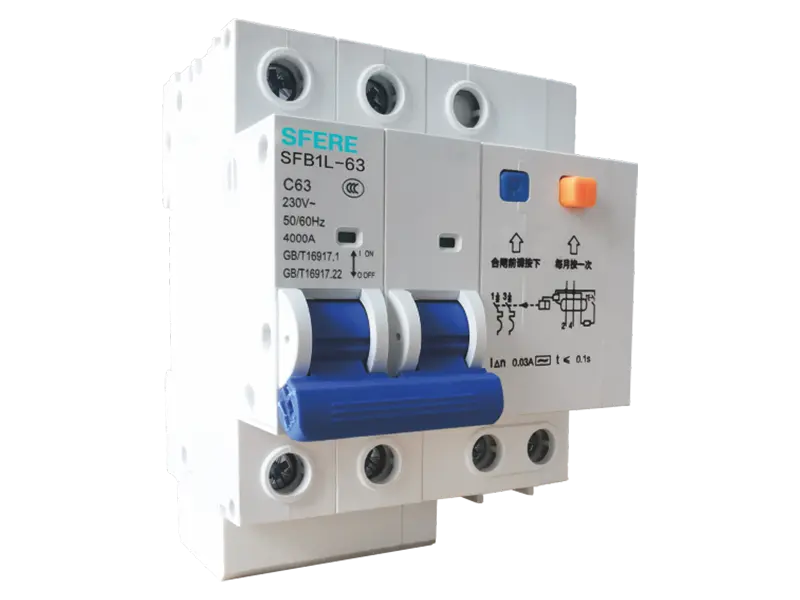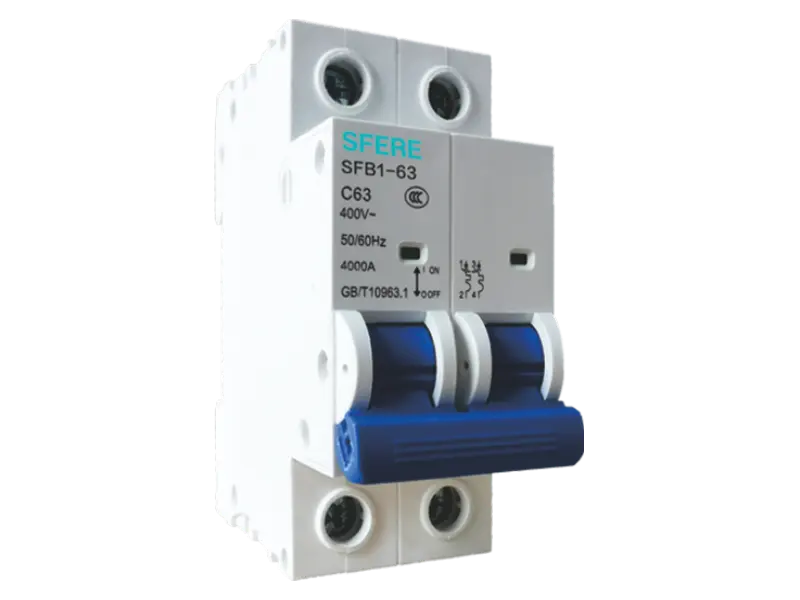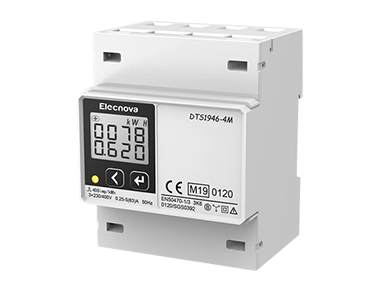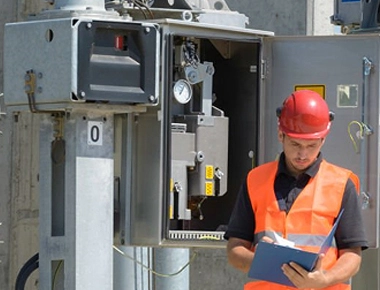Fuses and circuit breakers are both devices designed to protect electrical circuits from overcurrent conditions, but they operate in different ways and have distinct characteristics. Here is a comparison of fuses and circuit breakers:
Function:
Fuse: A fuse is a thin wire or strip of metal that melts when excessive current flows through it, interrupting the circuit.
Circuit Breaker: A circuit breaker is an electromechanical device that trips and opens the circuit when an overcurrent condition is detected.
Resetting:
Fuse: Fuses are one-time use devices that need to be replaced after they "blow" or melt due to overcurrent.
Circuit Breaker: Circuit breakers can be reset after tripping by simply flipping the switch back to its original position.
Response Time:
Fuse: Fuses typically have a faster response time to overcurrent conditions since they rely on the wire melting to interrupt the circuit.
Circuit Breaker: Circuit breakers may have a slight delay in tripping compared to fuses due to the internal mechanisms involved in detecting and opening the circuit.
Cost:
Fuse: Fuses are generally less expensive than circuit breakers and are more commonly found in older electrical systems.
Circuit Breaker: Circuit breakers are more expensive upfront but can be cost-effective in the long run since they can be reset multiple times.
Safety:
Fuse: Fuses provide reliable protection against overcurrent conditions and do not have moving parts that could potentially fail.
Circuit Breaker: Circuit breakers offer additional safety features such as overload protection and short circuit protection, making them more robust in terms of electrical safety.
Convenience:
Fuse: Fuses require manual replacement after they blow, which can be inconvenient and time-consuming.
Circuit Breaker: Circuit breakers offer the convenience of being reset with a simple switch, eliminating the need for replacing components.
In summary, while both fuses and circuit breakers serve the same fundamental purpose of protecting electrical circuits, their differences in operation, resetting capability, response time, cost, safety features, and convenience make them suitable for different applications based on specific requirements and preferences.


